Transparent solar concentrators capture the Sun’s energy, making windows and building facades more energy-efficient and sustainable.
As the need for a swift transition to clean, renewable energy grows more urgent, scientists are racing to develop cutting-edge technologies that harness the Sun’s energy more efficiently.
Among these innovations gaining significant attention are luminescent solar concentrators due to their ability to transform how we harness and utilize solar energy.
“Luminescent solar concentrators are a unique kind of solar energy conversion device,” explained Wilfried van Sark, a professor at the Copernicus Institute of Sustainable Development at Utrecht University. They are seen as a promising alternative to traditional solar panels because they can be seamlessly integrated into existing infrastructure, such as windows and building facades, making them especially attractive for urban environments.
“They typically consist of a thin transparent material, known as a waveguide, embedded with luminophores — special molecules or nanoparticles that absorb sunlight and re-emit it at longer wavelengths,” said van Sark. “This wavelength shift allows the re-emitted light to remain confined within the waveguide through a process called total internal reflection. The light is then directed toward the edges, where solar cells convert it into electricity.”
To function as transparent, energy-harvesting windows, the luminophores van Sark referenced must achieve a delicate balance: minimizing the absorption of visible light while efficiently capturing ultraviolet and infrared wavelengths. This maintains the devices’ transparency, making them well-suited for integration into glass-heavy structures, such as skyscrapers, where their large facades offer ample surface area for energy harvesting.
While fine on paper, it has not been known what luminophores are the most efficient, how they work in real luminescent solar concentrators and what is the most optimal design of these devices.
Finding the best luminophore
To find the best energy absorbing molecules to act as luminophores, van Sark and his colleague Thomas de Bruin studied how light interacts within the waveguide using advanced simulations—how it’s absorbed, re-emitted, and guided toward tiny solar panels at the edges.
They tested various concentrations of 92 known luminophores combined with a transparent waveguide material commonly used in solar concentrators, called polymethyl methacrylate, to find the most efficient setup for capturing and converting sunlight into energy.
“The performance depends on the absorption and emission spectra of the used luminophores,” said van Sark. “The broader the absorption spectrum, the more light can be used for electricity generation. The quantum efficiency of the used luminophore, meaning how efficient light is emitted, is another essential parameter to be optimized. Any absorption or scattering loss in the waveguide should be as low as possible.”
There is the added challenge of ensuring that the luminophores not only convert solar energy into electricity efficiently but also transmit light with minimal loss. On top of that, they need to maintain a natural sunlight-like color—an essential feature for future applications in windows. Balancing these factors is no easy task.
After experimenting with different combinations and configurations of luminophores, the team found that the most efficient setup involved a single waveguide filled with copper indium sulfide/zinc sulfide core-shell nanoparticles. These materials are particularly effective at capturing sunlight across a broad range of wavelengths, especially ultraviolet and infrared.
They researchers have also explored various combinations of stacked waveguides with different luminophores to see if such designs could lead to improved overall efficiency.
“With the present choice in luminophores, given their absorption spectra and quantum efficiency, and given the constraint of high transparency, a maximum solar energy conversion efficiency of about 1% is possible compared to more than 20% in conventional solar cells,” explained van Sark. “Stacking two or three waveguides with different luminophores only marginally improves solar energy conversion efficiency, and thus for economic reasons, this may not be interesting.”
A combined approach
Despite the relatively low efficiency of luminescent solar concentrators when compared to traditional solar panels, they still hold promise for specific commercial applications.
“While the efficiency may be lower than standard solar panels, the sheer large area available at such high-rise buildings will warrant their use, also in line with future (EU) requirements to develop energy-positive buildings,” said van Sark.
The team also speculate that due to future developments in material design and improvements in waveguide technology could eventually boost their efficiency to roughly 10%. Another way to affect the efficiency of luminescent solar converters is improving the design of the solar cells that are integral to these devices.
Reference: Thomas A. de Bruin and Wilfried G. J. H. M. van Sark, Shining Lights on Limits: Optimizing Luminescent Solar Concentrators for Solar Windows, Advanced Quantum Technologies (2024). DOI: 10.1002/adpr.202400068
Feature image credit: geralt on Pixabay

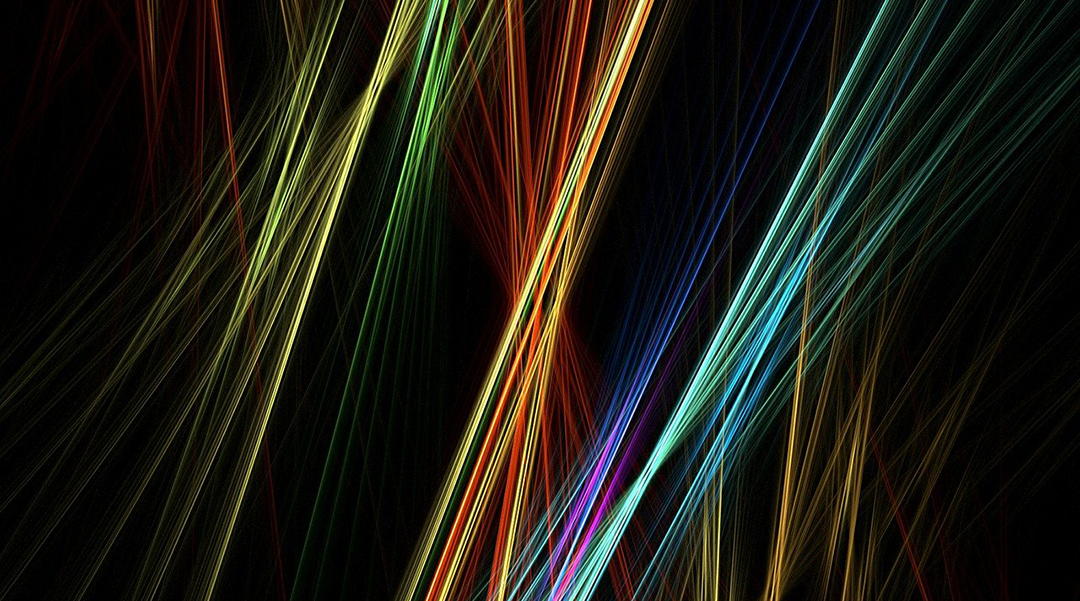
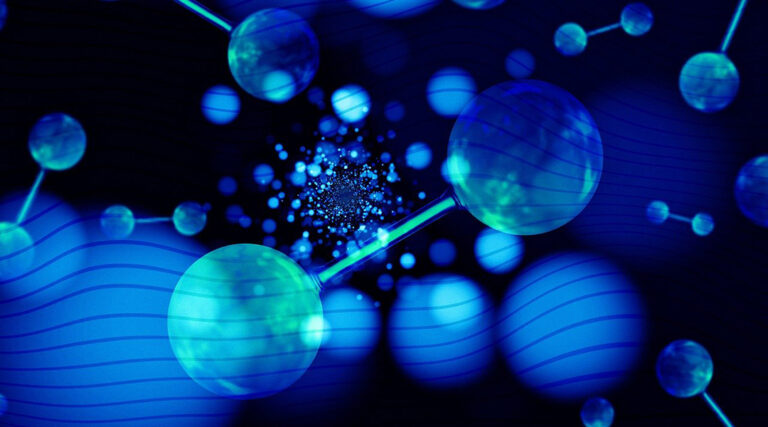
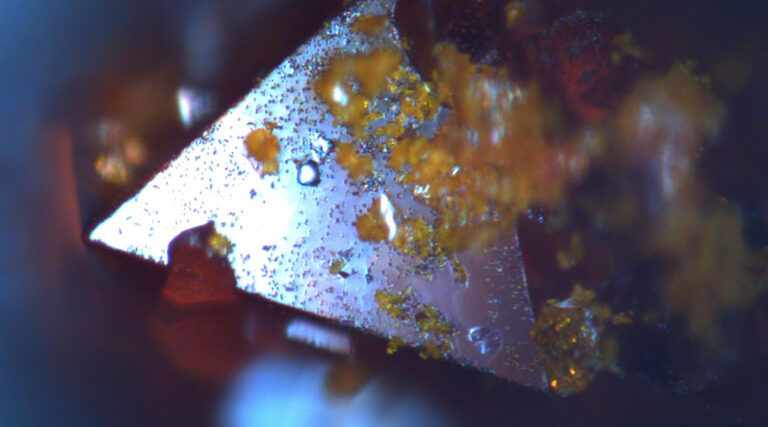
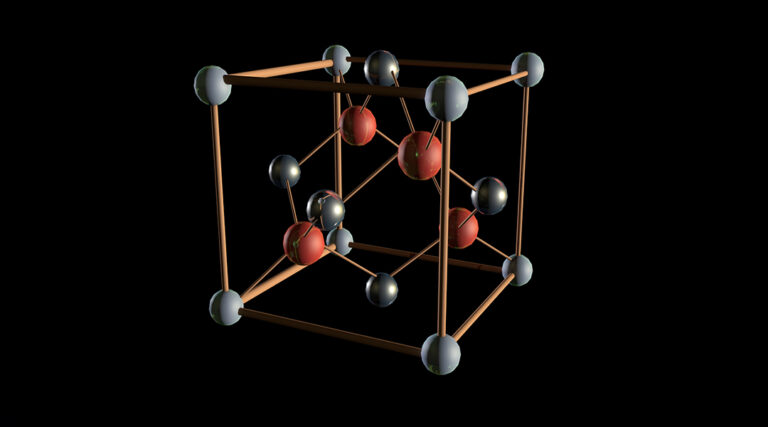
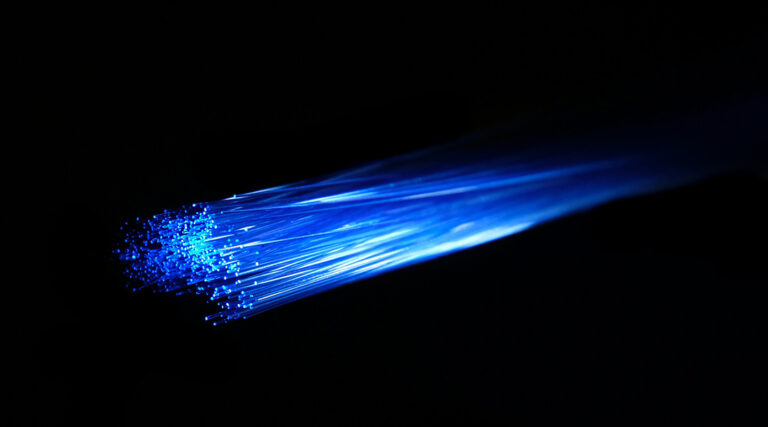
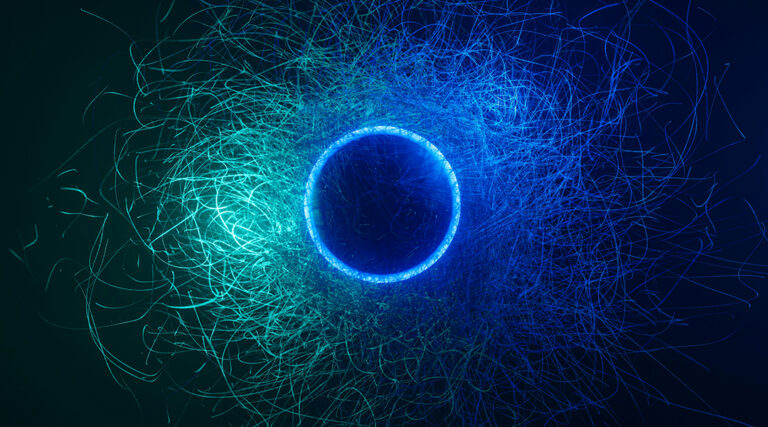
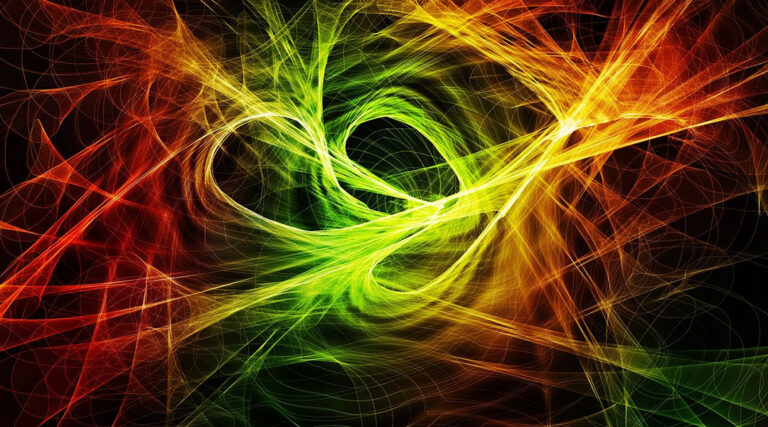


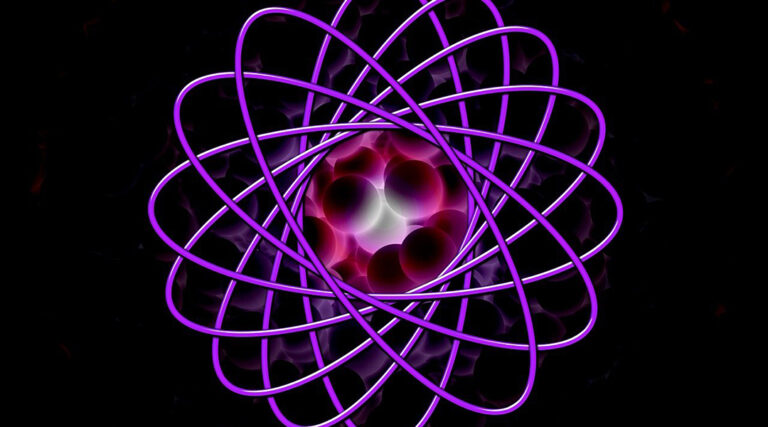
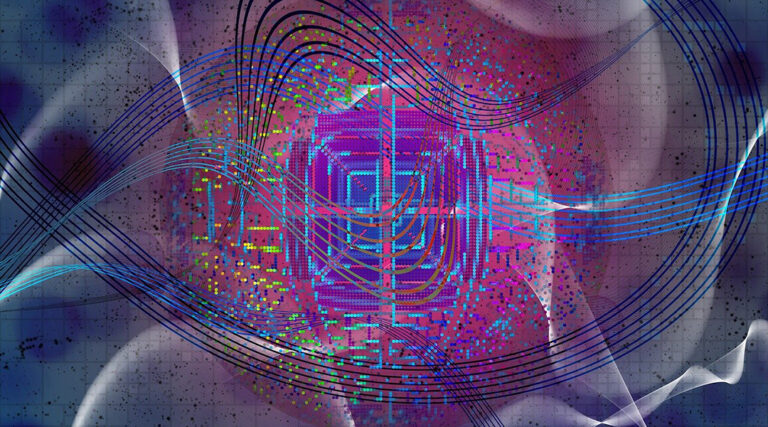
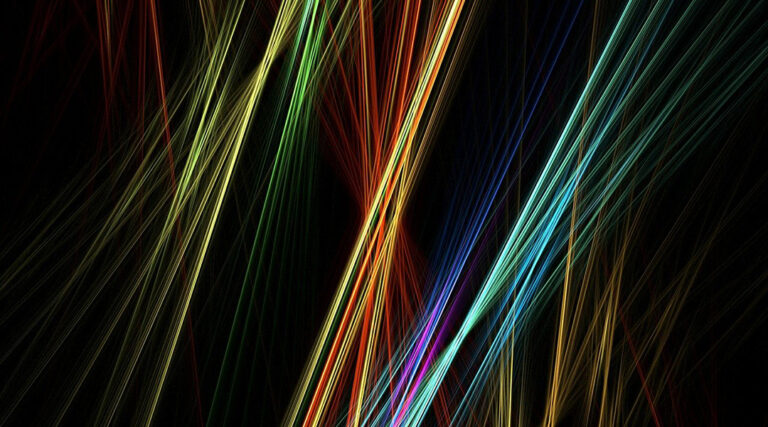
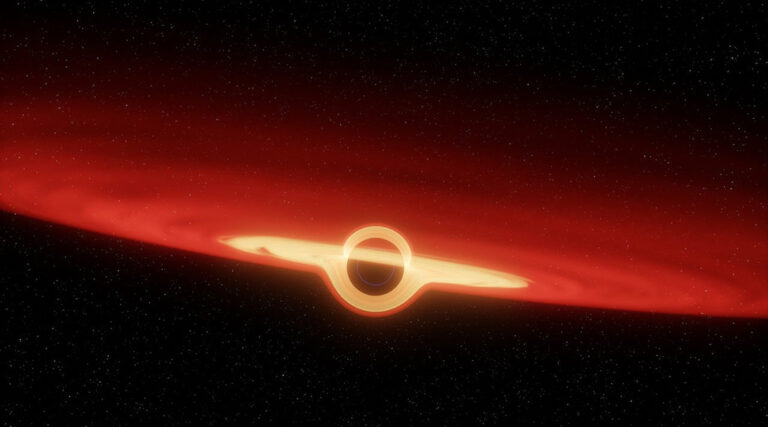
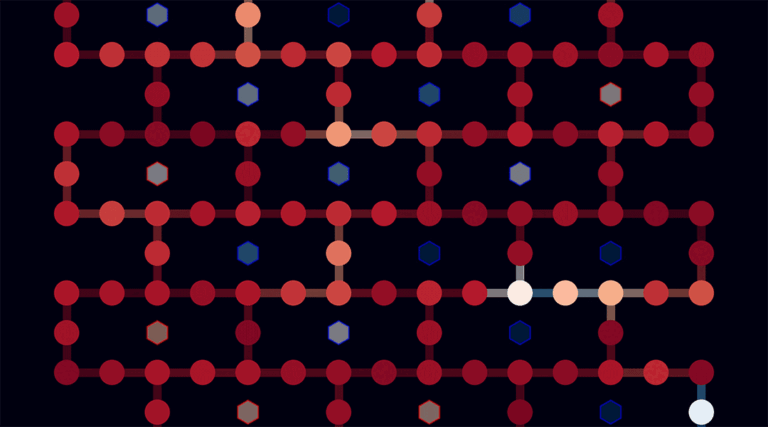
+ There are no comments
Add yours